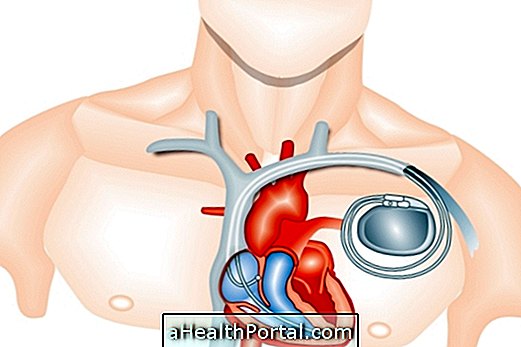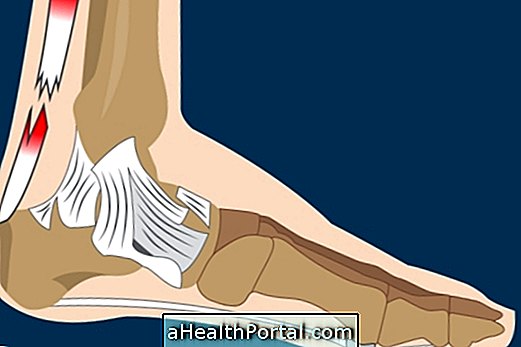The tingling sensation or numbness can often be felt in the face or in some region of the head, and may arise from a variety of causes, from a simple blow in the region, a migraine, TMJ disorders, an infection or inflammation of the nerves of the face, as well as after dental surgery, for example.
Tingling is characterized by a change in sensitivity that is provided by nerves, however, it can also be triggered by an anxiety crisis, since psychological changes can also trigger physical symptoms. Learn more about this in psychosomatic diseases.
1. Dental Problems
A common cause of tingling in the face or head are dental problems such as pulpitis, periodontitis or even a dental abscess, which can cause nerve stimulation of the face and cause numbness that is usually accompanied by pain.
A temporomandibular joint dysfunction, known as TMJ, besides causing pain and cracking during movement of the mandible, can also cause tingling in the face that may be accompanied by headache. Check out more about the symptoms and how to treat temporo.mandibular dysfunction.

2. Changes in facial nerves
Inflammations that may arise on nerves that lead to sensitivity to the face or skull can cause tingling that is felt on the face and head.
Some of the nerves that can be affected are trigeminal, facial, glossopharyngeal or occipital nerves, for example, which, although they usually cause pain when they are affected, tingling and numbness are also possible symptoms.
3. Dental Surgery
Surgeries on the face and teeth such as tooth removal, implants or orthognathic surgery may involve manipulation and inflammation of the region's nerves, which can result in numbness in the area.
Generally, this change is usually temporary, and does not last more than a few days, as it can occur due to swelling of the facial tissues. However, if there has been any nerve damage, the change in sensitivity may last for many months and require prolonged treatment with the dentist in order to improve the condition.
4. Migraines
Although the main symptom of migraine headache, it should be remembered that it may be accompanied by changes in sensitivity in some places of the body, such as in the face.
In addition, migraine with aura can trigger sensitive symptoms even before the headache arises, such as vision of bright spots or numbness. Check how to identify and what to do to treat migraine.

5. Anxiety
A stress and anxiety crisis can trigger changes in the sensation and sensation of tingling in various parts of the body. It is also common for it to appear on the face, tongue, or head.
Generally, the tingling in these cases is mild, and passes after a few minutes, when the person can calm down. Learn to recognize other anxiety symptoms and what to do to relieve them.
6. Face changes
The appearance of nodules, polyps, infections, such as sinusitis, inflammation, deformities, or even a tumor on the face or skull, may compromise nerve sensitivity, cause blood circulation changes, or any other impairment of the tissues that generate tingling.
In this way, whenever a cause of tingling in the face or head is investigated, the doctor should investigate the presence of changes in this region through physical examination.
7. Other causes
It is important to remember that there are several other causes of tingling that can occur in various regions of the body, which should be remembered whenever the most common causes are not found, such as vitamin and mineral deficiencies, circulatory problems, drug side effects, , even severe neurological diseases, such as multiple sclerosis or stroke.
Check out what are the main causes of tingling in the body.
What to do
If there is a tingling in the face or head without obvious explanation lasting more than 30 minutes or accompanied by other symptoms with a very severe headache, changes in movement of the face or other body location, it is necessary to seek medical care.
In order to investigate the cause, the general cynical physician, neurologist or dentist should perform a physical examination of the area and may request tests such as face radiography, CT or MRI of the skull, which may show certain lesions or changes in the nerves, , indicate the most appropriate treatment for each case.






















